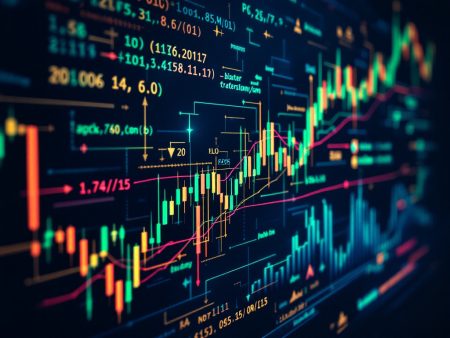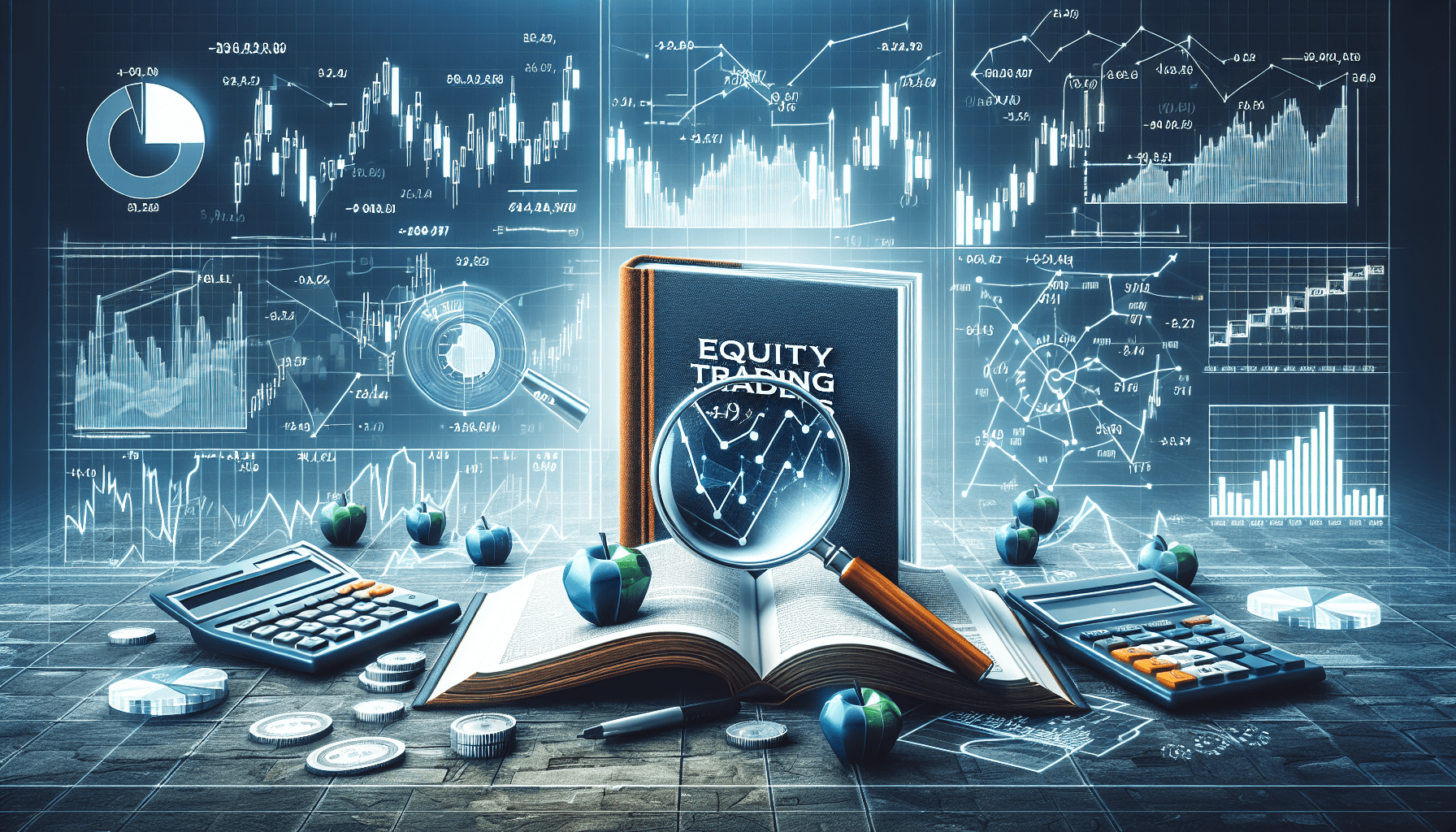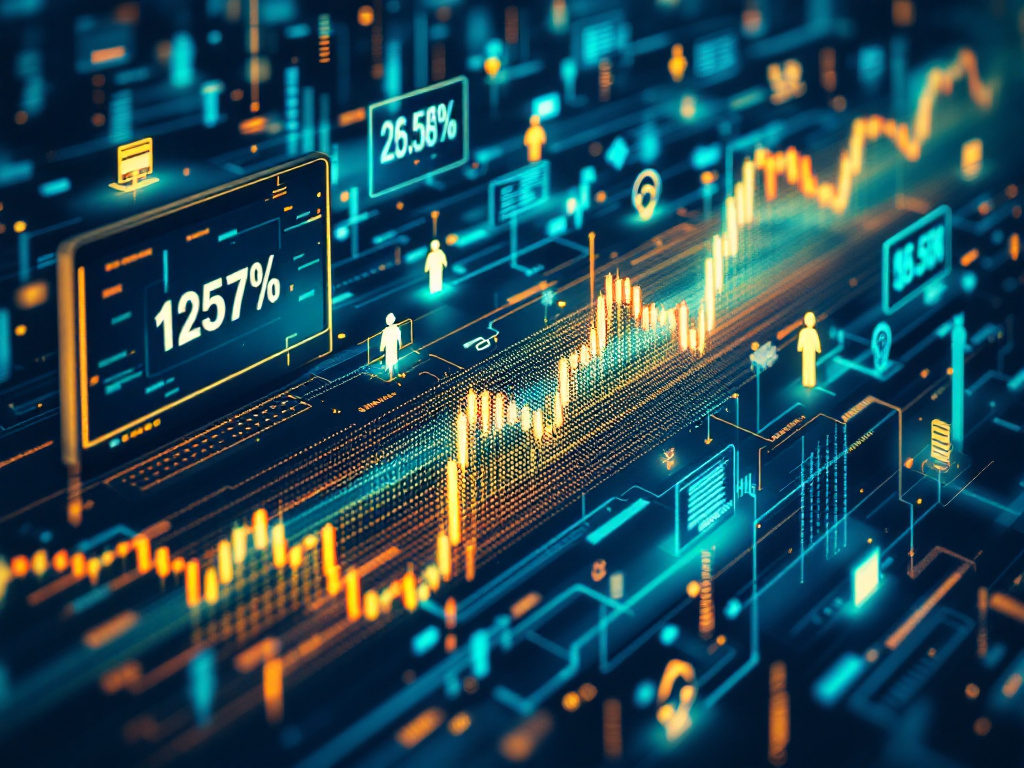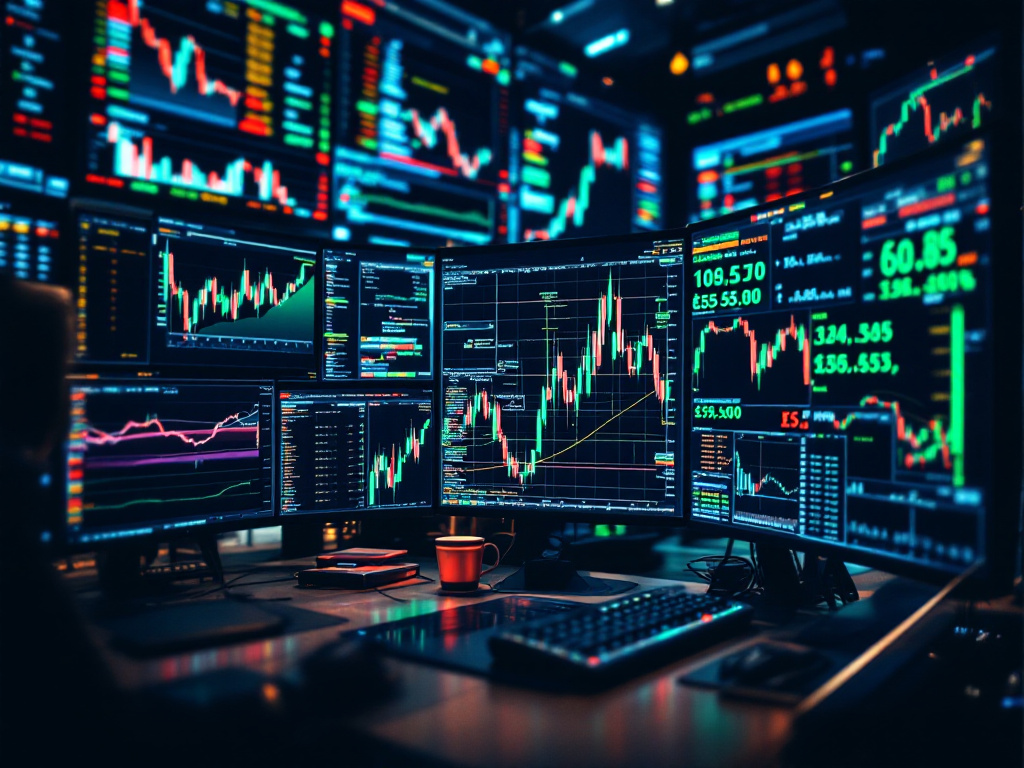The Evolution of Trading Algorithms: From Simple Rules to Complex AI Models
Trading algorithms have become an integral part of modern financial markets, transforming the way we trade and manage investments. As technology continues to evolve, so do these algorithms—from simple rule-based systems to complex AI-driven models that offer unprecedented accuracy and efficiency.
Historical Background
In the early days of trading, algorithms were based on simple rules devised by traders. These early algorithms relied on basic decision trees and linear regressions to predict market movements. However, as the financial markets grew in complexity, so too did the need for more sophisticated algorithms.
Advancements in Technology
The evolution of trading algorithms has been driven by significant technological advancements. The advent of high-frequency trading (HFT) in the late 1990s marked a pivotal moment, leveraging faster data processing and execution speeds. This advancement enabled traders to capitalize on minute price discrepancies, elevating the importance of algorithmic trading.
Emergence of Artificial Intelligence
As data availability expanded, so did the application of artificial intelligence in trading algorithms. Machine learning algorithms began to process and analyze large datasets, looking for patterns beyond human capacity. AI models can now predict market trends with impressive precision and adapt to ever-changing market conditions.
Benefits and Challenges
The transition to AI-driven models offers numerous benefits, including enhanced prediction accuracy, speed, and the ability to analyze complex datasets. However, these advancements also bring challenges such as ethical considerations, algorithmic transparency, and the risks associated with over-reliance on automated systems.
The Future of Trading Algorithms
Looking ahead, the integration of AI and trading is expected to deepen, with more sophisticated models being developed every day. As technology advances, traders and investors must stay informed to leverage new opportunities while mitigating potential risks.
Conclusion
The journey from simple rule-based systems to complex AI-driven models highlights the dynamic nature of trading algorithms. As these technologies continue to evolve, they promise to shape the future of trading, offering new tools and challenges for market participants.

Stay informed about these advancements and explore the opportunities they present. Visit our website for more insights into the evolution of trading algorithms and how they can benefit your trading strategies.







